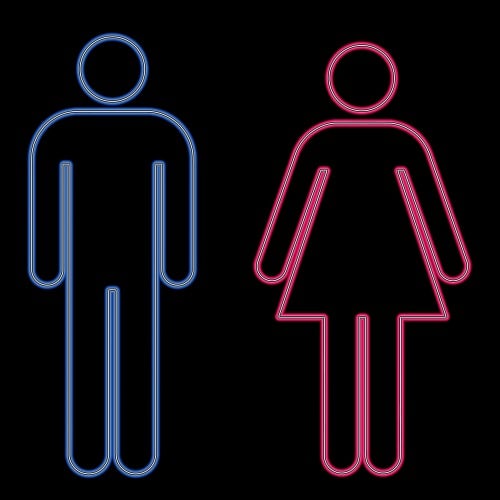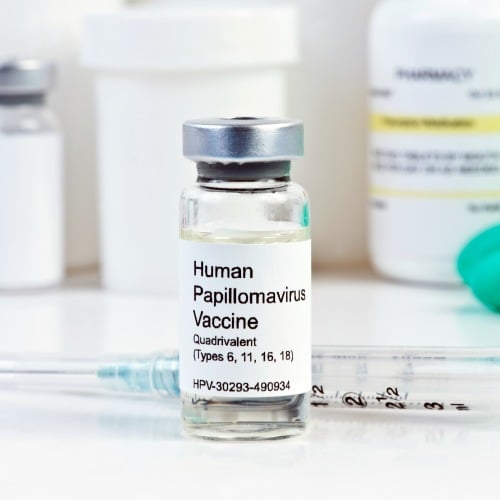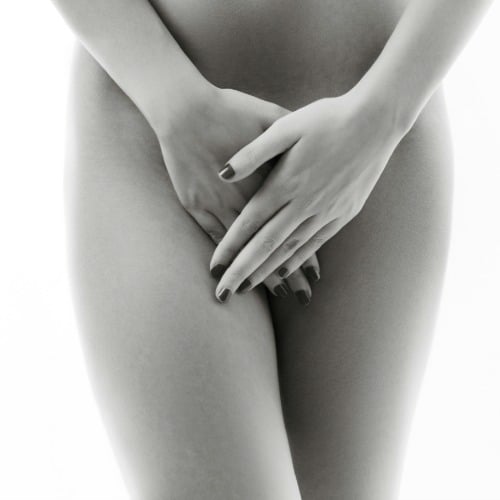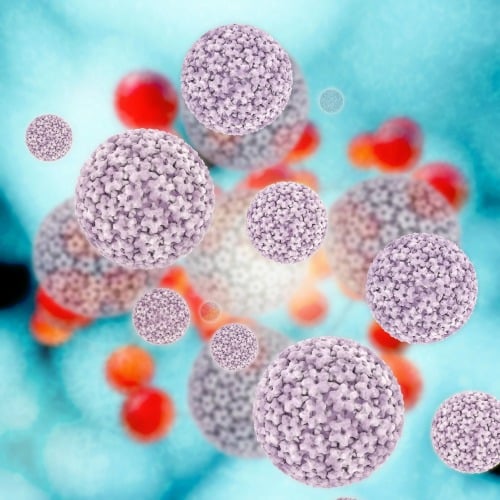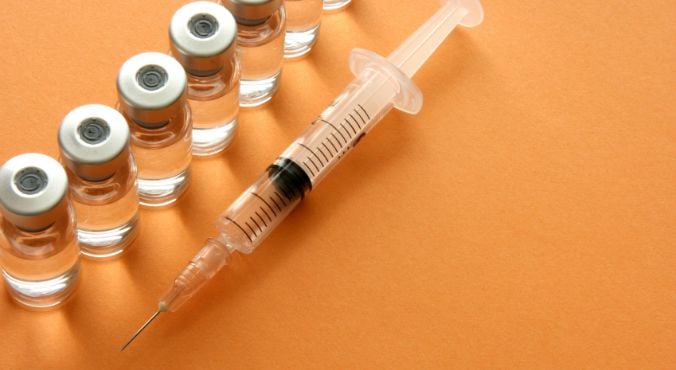
Image: iStock.
The National HPV Vaccination Program has been shown to reduce rates of cervical abnormalities and genital warts in young women, yet in some parts of Australia more than one in four of teenage girls haven’t completed it, despite it being free for students.
According to a report from the National Health Performance Authority, roughly 38,400 of the 137,460 Australian girls who turned 15 in 2013 were not fully immunised against the human papillomavirus. That equates to around 28 per cent.
RELATED: One woman’s story about what it’s like living with HPV.
Regions with the lowest coverage included the Blue Mountains, south-east Tasmania and rural South Australia, with the lowest coverage rate being just 56 per cent. Notably high coverage areas included Mackay, Warrnambool and inner south Melbourne.
The school-based National HPV Vaccination Program, which involves three injections beginning at age 12 to 13, was launched in 2007 to protect adolescent girls against HPV and its associated diseases, including cervical cancer. In 2013, this program was extended to include boys.
HPV is a common viral infection of the reproductive tract that is a leading cause of cervical cancer and has also been linked to cancer of the anus, vagina, vulva and penis.
According to Dr Brian Morton, Chair of the AMA Council of General Practice, there are a number of possible explanations for low coverage rates, and it's not necessarily a case of outright objection from parents.
RELATED: 10 ways the pap smear process will be changing in Australia soon.

